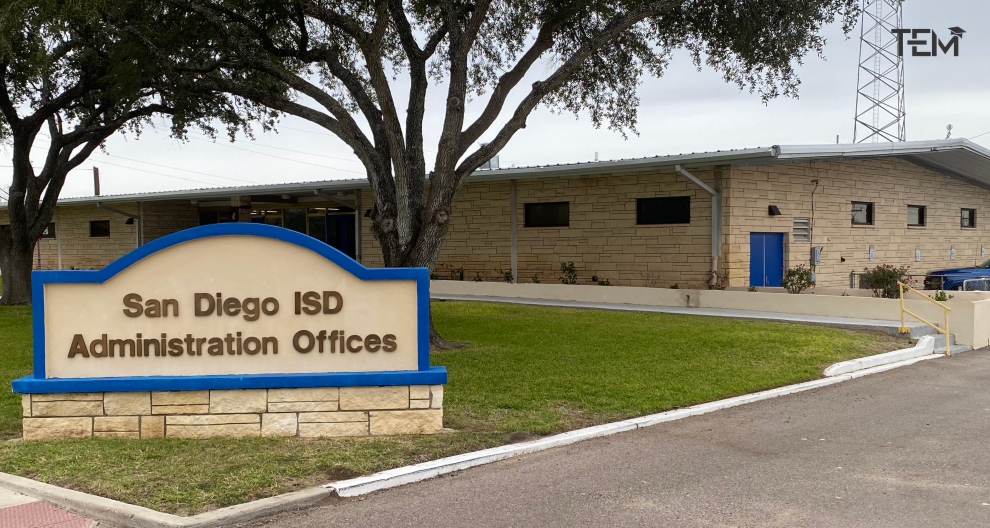Do you know that 9 out of 10 startups fail? Across almost all industries there is a vast number of people that face failure while starting up. This may be because of various reasons, but the most common reason is the lack of planning. This mostly occurs when people are not aware of the functioning of the process and they lack mapping of the process. Process mapping provides a complete overview of the process from beginning to end.
In this blog, you will learn about the concept and discover how this technique can enhance various aspects of your journey. Whether you are seeking personal growth, well-being, or transformative experiences, these insights will empower you.
Process mapping is a method for outlining workflows and processes graphically. It involves creating a process map, sometimes called a workflow diagram, flowchart, or process flowchart. Additionally, process mapping employs arrows, shapes, and symbols to simplify complex processes into smaller portions.
Importance of Process Mapping:
Have you ever heard Benjamin Franklin’s quote,“ If you fail to plan, you are planning to fail.” Isn’t that quote very apt for anything and everything we wish to do in our lives? Nobody sets out planning to fail, but sometimes priorities, time, or lack of self-discipline lead to failure. It is planning which makes all the difference between an awesome victory and a tragic loss.
Making sure you are in control and have a clear idea of where you want to go, why you want to go there, and how you’re going to make your vision a reality is what it means to have a clear strategy.
Planning will smooth out the curves in the road, and allow you to think through decisions as they come up. It makes you sit down and evaluate the growth of your company, your workforce, and yourself in the future.
Key components of Process mapping:
Let’s break down the key components of the process mapping with the help of an adventurous example.
Consider organizing a class field trip as a fun exercise. We have to create a process mapping chart that shows every step involved in getting approvals and going back to school. We are creating a step-by-step flow chart that involves classmates as stakeholders. This allows us to gather their input and determine the necessary resources. Finally, we have to show the class our adventure map.
By seeing process mapping as an adventure, we can make the concept engaging and easier to understand. Let’s map it out.
Suppliers
The suppliers for this trip will be the Principal and the teachers as they are the main key component of the process. The trip cannot be conducted without their presence. Here the Principal is important because he is in the position to grant permission for the trip and the teacher is important because he will conduct the trip.
Input
Class enthusiasm acts as an input in this process along with other parameters like the destination at which the trip will be conducted. The permission slips granted by parents to validate their decision are also one of the key factors.
Process
The need to plan the complete trip and properly research the location is also important. The teacher should secure transportation and gather all the basic information to ensure a well-conducted trip.
Output
The approved field trip which will be conducted according to the planning, serves as the output component of this process mapping. The official trip permission from all other components will be the desired output of the process.
Customer
The customers of this trip will be students or the explorers of the trip. After the exploration, the components should be satisfied and happy. Customer satisfaction also indicated that the process was conducted well.
How to create a process mapping for anything and everything?
- Firstly, identify a process to map
- List the activities involved
- Write out the sequence of the steps
- Draw a flow chart using process mapping symbols
- Finalise and share the process
- Analyze the map to find areas of improvement
Types of Process Maps
1. Flow Chart
A simple flow chart is the most basic type of process map. Basic flowcharts use process mapping symbols to represent the steps involved in completing a process as well as its inputs and outputs. Best used for Outlining a procedure from beginning to end, usually in serial order.
Fun Fact: Flowcharts were created by a well-known computer pioneer. To explain the logic of his machines, Herman Hollerith, the man who invented the punched card technology, also developed the idea of flowcharts in the 1880s.
2. High-Level Map
A high-level process map is also known as a value chain map. It conveys the crucial phases of a procedure which provides an overview of the process. Best for defining the essential steps in business process definition.
For example, Urban planning is one area where high-level mapping is used in real life. city planners create these maps during the development of a city master plan. These maps capture the impacts and opportunities arising from rapid growth.
3. Detailed Process Map
A complete process map includes subprocesses and covers all the information related to each stage, in contrast to a high-level process map. It documents the inputs and outputs of every stage, along with the decision points.
Consequently, this process maps a high degree of detail making it the most useful for identifying areas and giving broad insights into the mapped process.
Manufacturing, health care, retail, financial services, and technology are the sectors where detailed process mapping is used.
4. SIPOC Diagram
SIPOC is attributed to Suppliers, Inputs, Processes, Outputs, and Customers. A SIPOC diagram is a chart that lists the essential components of a process. Creating a more in-depth mapping technique is best for identifying the key components and stakeholders in process mapping.
Process Mapping Symbols
Certain unique symbols are used to represent the process mapping elements. Process symbols are frequently termed flow diagram symbols and flow chart symbols. An international standard for creating process maps, the Unified Modeling Language, is where these symbols originate.
These symbols fall into different categories, including process/ operations symbols, branching, and control of flow symbols, and input and output symbols.
Following are the most common process mapping symbols and their usage according to the process.
- Terminator: It denotes the start and end of the process by using ovals.
- Process step: It is represented by rectangles.
- Flow: Process steps are connected through arrows to show directional flow.
- Decision: An arrow pointing to a “yes” or “no” option typically indicates the decision-making point represented by a diamond.
- Document: A wavy bottom line on a rectangle represents a readable document or info.
- We use a sign resembling several arranged, wavy rectangles to indicate multiple papers.
- Data: A parallelogram represents Data that acts as an input or output of a process.
- Manual Input: when data entry by hand is required, we denote it with a rectangle having a curved top line.
- Subprocess: A subprocess that is defined outside is shown by a rectangle with two vertical lines.
Applications of Process Mapping in Different Industries
1. Marketing
Process mapping is essential for optimizing marketing procedures. Showing the complete process simplifies error detection and facilitates the improvement of solutions.
For example, The well-known coffee firm Starbucks is renowned for its cutting-edge products and outstanding customer service. Interestingly, Starbucks has always placed a high priority on knowing its consumers and their demands to stay ahead of the competition in the coffee industry and to preserve its reputation. Customer journey mapping is an essential strategy Starbucks has employed to accomplish this.
2. Healthcare
Enhancing patient care and results is the main goal of process mapping in the medical field. Complex procedures like lab testing, medication delivery, and patient admissions can be made more efficient with its help.
For example, process mapping was utilized by the East London NHS Foundation Trust (ELFT) to improve mental health services, speed up patient paths, and shorten wait times. Recently, ELFT improved patient outcomes and satisfaction by identifying errors and enhancing communication. This strategy helped the trust in effectively controlling operating expenses while upholding high levels of care.
Challenges and Solutions in Process Mapping
Apple defines process planning with deep attention to detail and a dedication to excellence across all business operations. This is a detailed explanation of Apple’s process planning methodology, including problems, fixes, and advantages:
1. Supply chain disruption
Challenge:
Natural disasters, geopolitical unrest, and the COVID-19 pandemic are just a few examples of the world events that have seriously disrupted Apple’s supply chain. Indeed, this resulted in production and delivery delays, which raised costs and perhaps caused a shortage of goods.
Solution:
Apple has expanded the base of its suppliers to reduce its dependence on any one area or source. Additionally, Apple has invested in cutting-edge supply chain management technology, including artificial intelligence and machine learning, to avoid interruptions and maximize logistics. These efforts make supply chain management more responsive and effective.
Benefits:
By taking these steps, Apple has interestingly been able to minimize the effects of global interruptions on its production and delivery schedules by maintaining a stronger and more flexible supply chain.
2. Environmental Sustainability
Challenges:
Environmental organizations are putting more and more pressure on businesses to lessen their negative effects on the environment. Embracing sustainable methods, cutting down on e-waste, and reducing carbon impact are necessary.
Solutions:
Apple, surprisingly, has committed to running all of its facilities worldwide entirely on renewable energy. Additionally, the company has created new materials that are easier to recycle and more sustainable. In its product design, Apple highlights toughness and repairability, which extend the product’s life cycle.
Benefits:
Through these activities, Apple can meet consumer demand for more sustainable products, comply with regulatory standards, and reduce its environmental impact.
Conclusion
Properly performed process mapping effectively upgrades any field. It highlights errors and potential improvement areas while providing an easily understood visual representation of the stages in a process. In summary, implementing this process can yield a considerable amount of profit and enhance feasibility.











